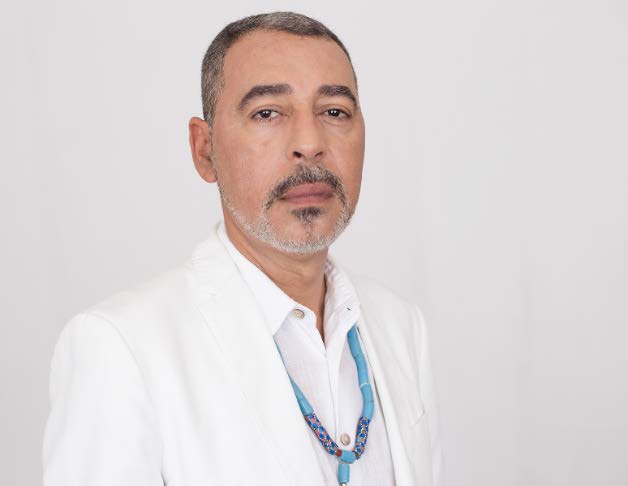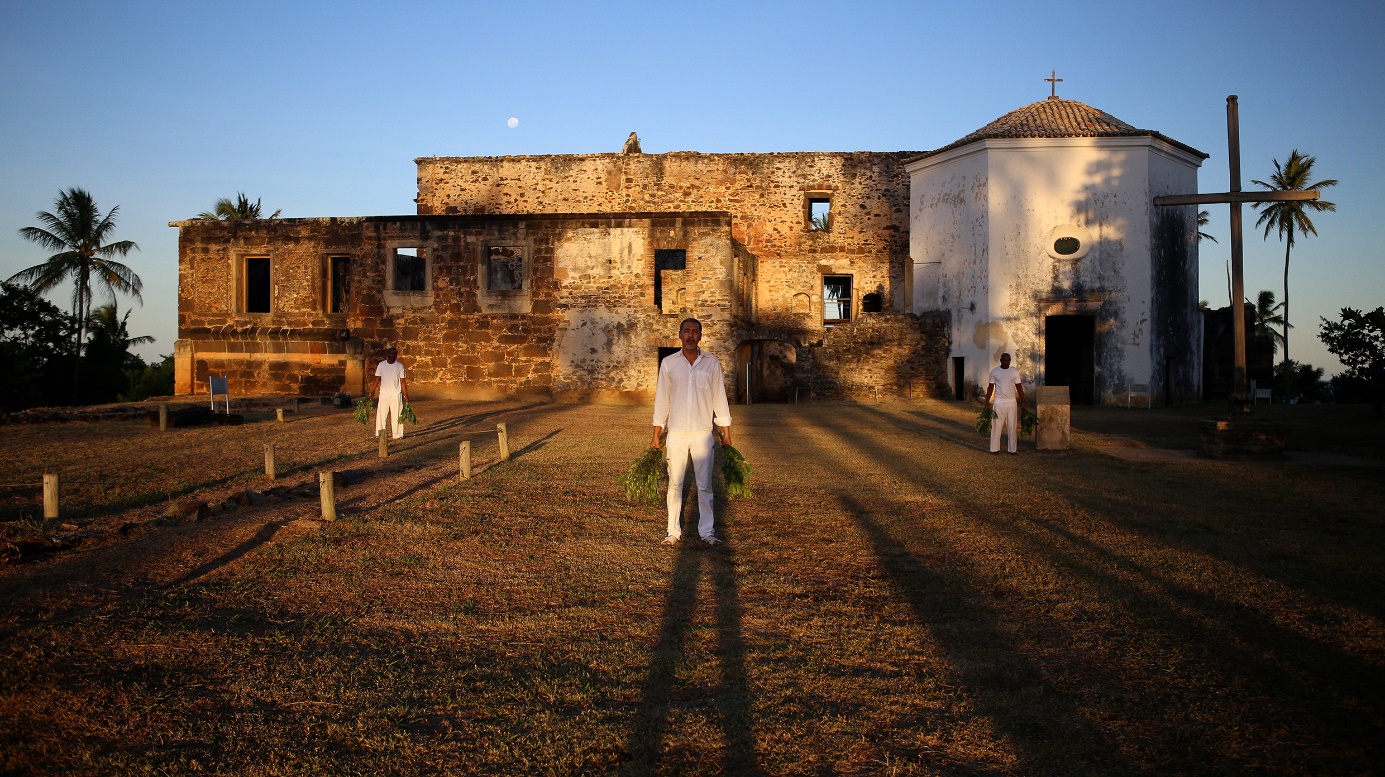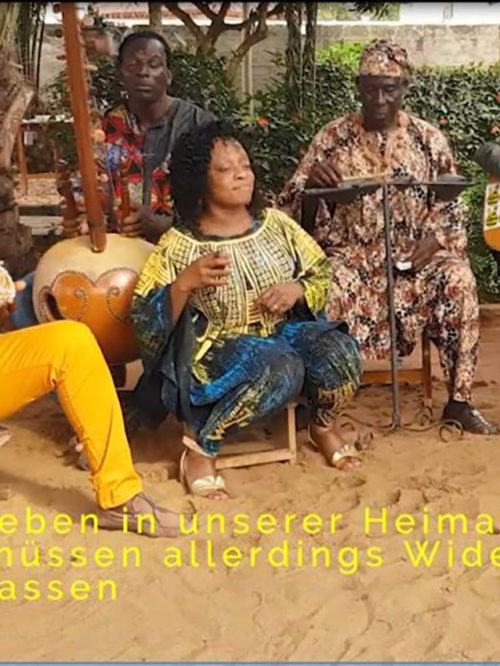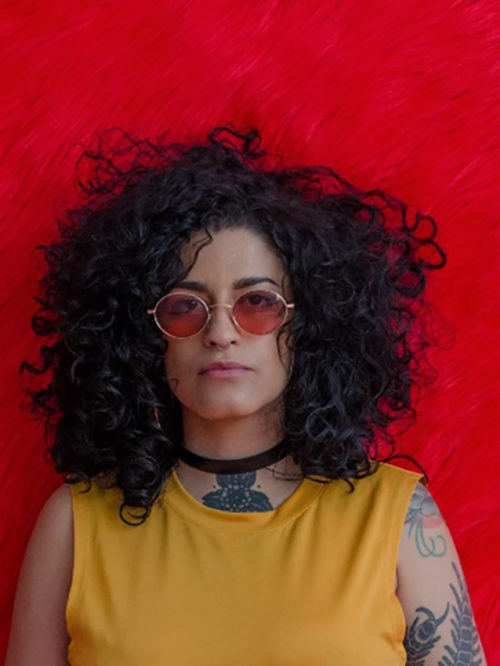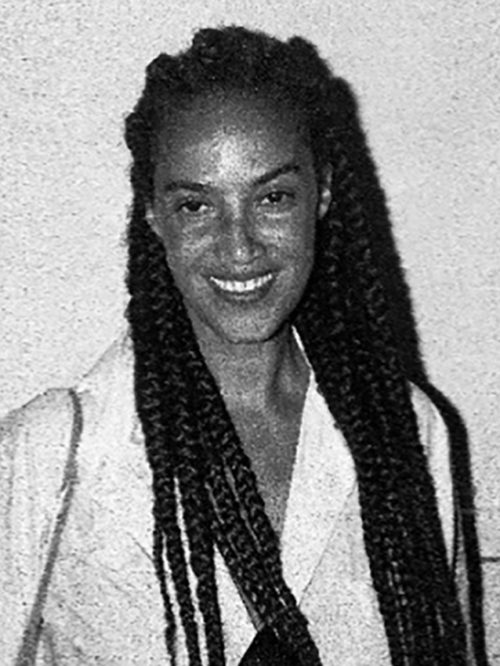Ayrson Heráclito
O Sacudimento da Casa da Torre, 2015
O Sacudimento da Maison des Esclaves em Gorée, 2015
Ayrson Heràclito
The shaking of the Casa da Torre (right) and the Maison des Esclaves (left) form a diptych whose central theme is the “exorcism” of two locations that symbolise the tragedy of transatlantic slave trade and colonisation. One is on the coast of Senegal, where Africans were brought on the way to the Americas. The other lies on the north coast of the Brazilian city Salvador, Bahia, which housed one of the largest administrative institutions of the Portuguese colonial system. Gorée (Senegal) stands for the violence of leaving, of never returning – and Casa da Torre (Brazil) for the violence and trauma of arriving in the “New World”.
In the Afro-Brazilian tradition of Candomblé, which has its roots in West-African Voodoo, “shaking” serves to clear out the spirits of the deceased (egun) so that they cannot cause harm to living people. This initiates spiritual purification. The artist himself describes:
“When I “shook” the Tower House, the only “egun” [Geist eines/ einer Verstorbenen] that was there, that those walls were pregnant of even after so many years, was the slave master; more, the only “egun” that there was, that haunted me for remaining among us, because there, from the Tower House, his castle or fortress, he migrated and seeped into the whole social fabric of Bahia; but not only that: it was the coming violence of slavery and the old colonial system, which bequeathed to us an extreme inequality and also as its fruit, poverty.”
“The houses in which I made my performances are both places where humans lost their humanity for violence of various kinds, physical, above all, but also, symbolic. This, without a doubt, unites them.“
With an act of ritual purification, Heráclito returns to places of colonial suffering in an attempt to free himself from ghosts and phantom pains, to heal the colonial wound of the present. But is such healing possible?
Ayrson Heráclito (born in 1968 in Macaúbas, Brazil / lives and works in Salvador de Bahia, Brazil) is a visual artist, scholar, professor and curator. He lives and works in Cachoeira and Salvador, Brazil. His work oscillates between installation, performance, photography and audio-visual media. Primarily focusing on elements of Afro-Brazilian culture and its connections to Africa as well as the diaspora in America, he dedicates much of his work to the criticism of slavery and racism. Heráclito is considered one of Brazil’s most important contemporary artists.
Portrait Foto: © Tiago Sant’Ana.
Pictures from: Ayrson Heráclito,
Sacudimentos (The Shakings), 2015
Videoinstallation, Length: 08:32 min.


